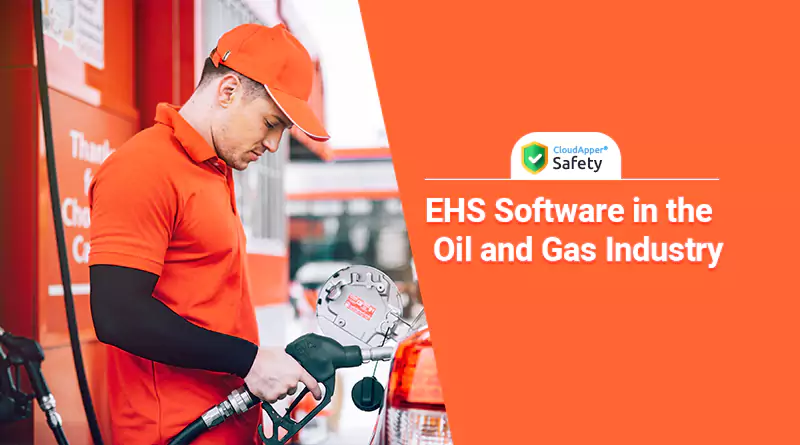The problems faced by Environment, Health & Safety (EHS) leaders in the oil and gas industry are increasing as oil prices and output rise.
How do you save money, improve performance, and minimize your environmental imprint while coping with regulatory uncertainties and public scrutiny? It’s no easy task. Thankfully, EHS software has several capabilities that can assist businesses in meeting these rising needs.
We’ll look at how the oil and gas industry is adopting EHS software to improve safety, decrease risk, and maintain compliance in the sections below:
Keeping Track of Daily Tasks and Activities
The oil and gas industry’s environmental, health, and safety (EHS) teams are overwhelmed with regulations. With so much on your plate, it’s easy for things to fall through the cracks, frequently with disastrous results.
EHS software keeps track of duties and events in a centralized calendar, such as regulatory deadlines and scheduled audits.
This software can notify you when new work is assigned or accomplished, and it can escalate deadlines based on rules you establish. As a result, supervisors spend less time following up on projects, ensuring that everything is completed on time.
Incident Management
According to experience, even minor incidents necessitate a quick response to protect workers and the environment while limiting damage.
According to an International Labor Organization research, the oil and gas industry’s concern is “to be able to promptly and efficiently respond to possible vast and significant accidents.”
What is the most effective strategy for dealing with this problem?
Organizations can use EHS software to proactively detect concerns, build an action plan, assign activities, track them to completion, and measure the response against goals. The end result is a quick and flexible reaction, regardless of the size of the situation.
Environmental & Safety Inspections
In DNV GL’s “The State of Safety” study, nearly half of the 813 senior oil and gas professionals stated they felt there hadn’t been enough investment in infrastructure and equipment inspection and maintenance in recent years.
Companies may miss vital risk information if they do not conduct proper environmental and safety inspections.
Thankfully, many oil and gas firms have seen the value of EHS software in bridging the gap between cost-cutting and increased safety.
Audits and inspections can be assigned at the site level rather than by traveling to faraway locations. Supervisors can record results on a smartphone or tablet, even when they are not connected to the internet, and then sync the data to a central database.
EHS software can then automate time-consuming tasks such as delivering alarms, creating findings, triggering tasks or remedial actions, grading risks, and evaluating data and trends.
Finally, this data can assist businesses in prioritizing their activities and reducing their risks and obligations.
Employee Observations
Despite stringent safety measures, the oil and gas business remains one of the most dangerous occupations in the United States. Workers are exposed to various hazards, including hazardous equipment, heat, tight spaces, fall hazards, vehicle accidents, explosions, and fires.
As a result, having a means for employees to communicate safety concerns to supervisors is critical. Employees can capture safety and risk observations, pictures, and videos using EHS software on any tablet or smartphone.
To aid in decision-making, safety professionals can monitor these data in dynamic dashboards and dig down by location or event type.
Monitoring Environmental Data and Ensuring Compliance
According to RegData’s Industry Regulation Index, the oil and gas extraction industry is among the top ten most regulated in the United States. Oil and gas firms may additionally participate in voluntary environmental standards such as ISO 14001, which adds to the data collecting and reporting requirements.
Organizations may gather enormous volumes of air emissions and water data at the source with EHS software, run complex calculations, and generate structured regulatory reports with a single click.
Last But Not Least
EHS software has enormous potential to decrease costs and increase performance In the oil and gas business. CloudApper Safety specializes in EHS software for companies with large amounts of data. Utilities, pipelines, refineries, and other businesses are among our clients.



















